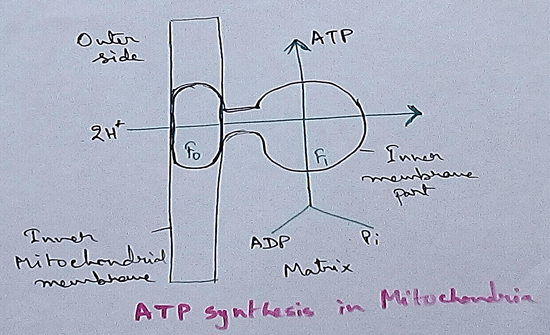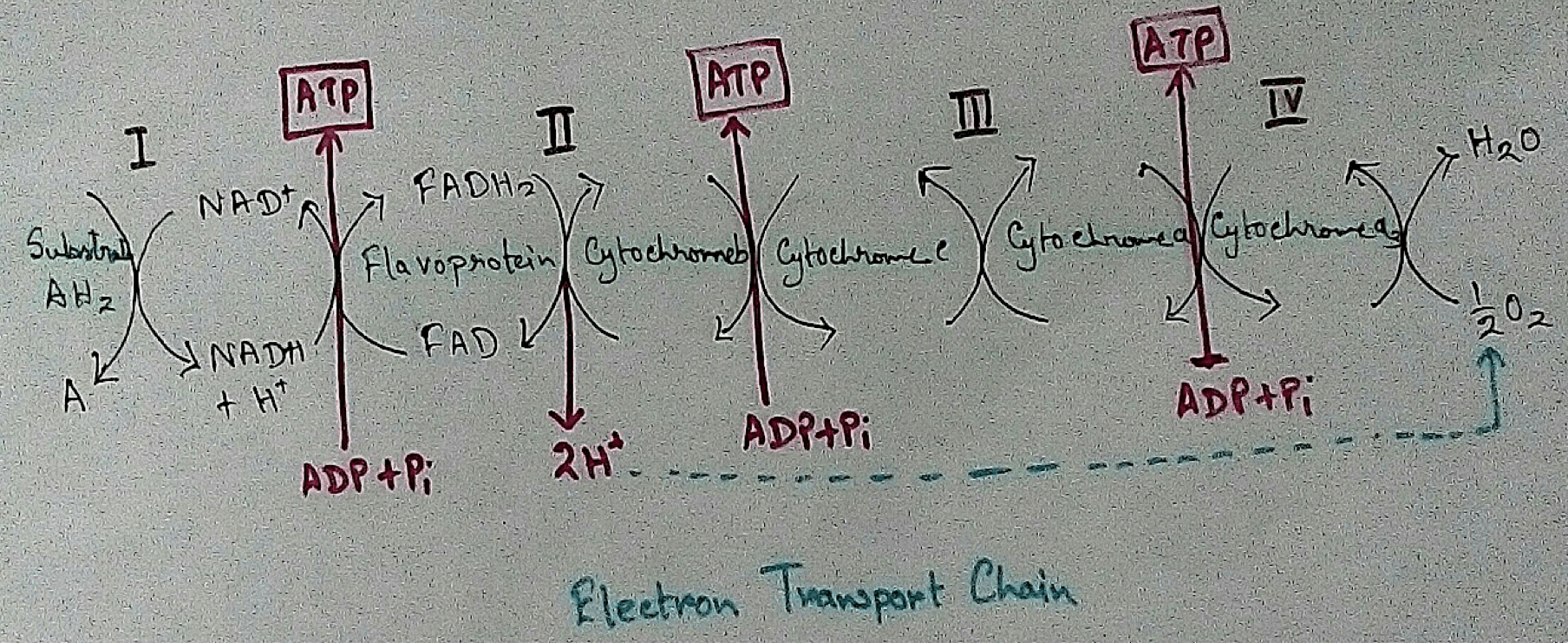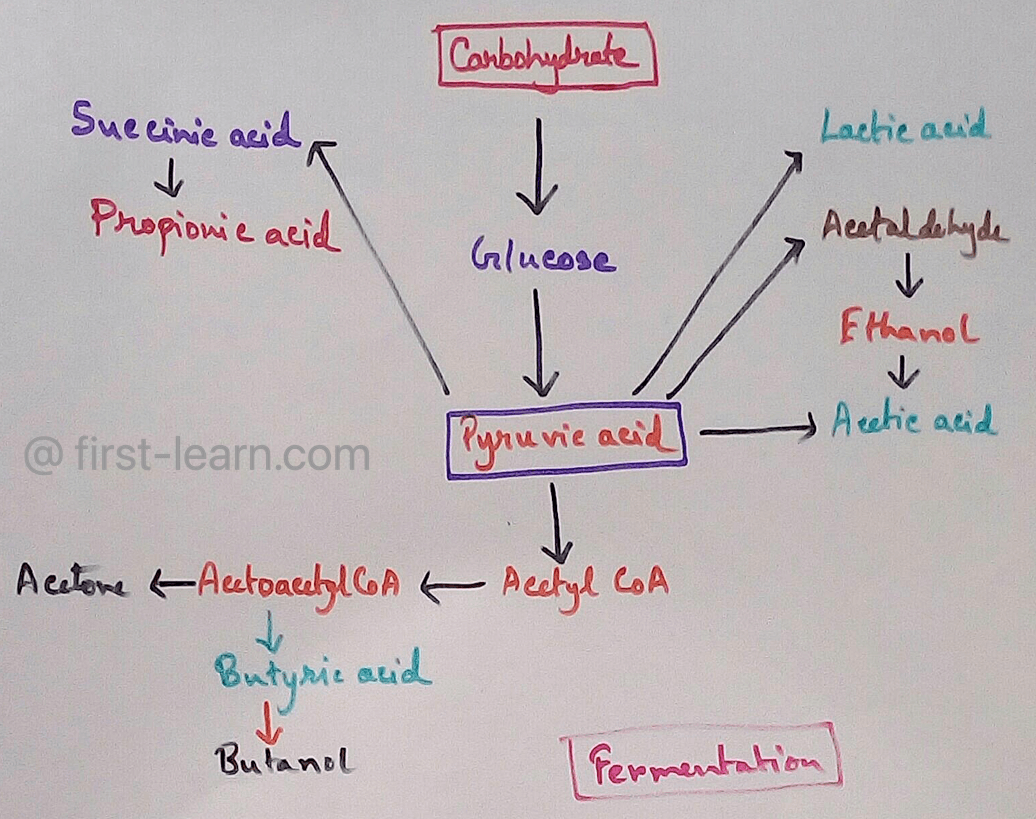What is an Autobiography?
Autobiography is the life story of a person written in first person by the same individual, presumably. You may then enquire why I have made the use of the word ‘presumably’ in this context. Because quite often you would come across the autobiography of an inanimate objects and non-living species, in the first person, which is actually a narrative or an account, written by another writer.
However, for all practical purpose, an autobiography brings on the table the life story, views, opinions, issues faced by an individual in his lifetime and is an open and honest account of the person’s entire life journey from birth till date. It is derived from the Greek word ‘auto’ (self) + “bio” (life). It was used for the first time by William Taylor in his English periodical “The Monthly Review” in the year 1797. It was brought in popular usage by Robert Southey in 1809.
The uniqueness of this form of writing lies in the fact that while all other writings make use of references, memoirs, evidences and documents to record a person’s life story, this is the only form of literature where the entire writing hinges on the memory of the writer and how much he is able to glean from his memory bank.
An autobiography stands apart from a memoir or a dairy entry or personal letters or reminiscences. What then makes it special that it recounts a life viewed through the prism of memories and is thus liable to be coloured, on account of omissions and distortions. The novelist, Graham Greens had termed an autobiography as ‘a sort of life’.
The earliest account of an autobiography can be traced to the Chinese classical historian, SimaOIan and in classical European literature to the writings of Cicero and Julius Caesar.
An autobiography can be placed into several categories, out of which the notable ones are:
- Thematic (Adolf Hitler’s ‘Mein Kampf’ is the most popular book in this category, written in the year 1925.)
- Religious (The writings of Thomas Carlyle and John Henry Cardinal Newman’s ‘Apologia’ falls in this category)
- Intellectual (Autobiography ofJohn Stuart Mill and ‘The Education of Henry James’ are the most notable books in this category)
- Fictionalized (Samuel Butler’s: ‘The Way of all Flesh’, James Joyce’s ‘The Portrait of an Artist as a Young Man’ and the novels of Thomas Wolfe falls in this category.)
Here, it is important to note that some of the Indian writers have delivered world class autobiographies which are not only of high literary value but are also exceptionally inspiring ‘My experiments with Truth’ and Mohandas Karamchand Gandhi’s, ‘Autobiography of a Yogi’ by ParamhansaYogananda, ‘Wings of Fire’by A.P.J Abdul Kalam,‘Autobiography of an Unknown Indian’ by Nirad C. Chaudhuri” are some of the most eminent works in this genre.
Autobiographies offer a rare insight into the minds of a person and in turn gives a telling account of the history of those times. They also inspire other people to face the odds and adversities of life with greater fortitude and determination and thus form an integral part of human history.
The Imaginary Adventures of an Umbrella
The Autobiography of a Railway Engine
The Autobiography of a Butterfly
The Autobiography of a Motor-Car
A Letter from the Moment it is Posted till it Reaches its Destination
The autobiography of an old shoe
The autobiography of an old coat
The autobiography of a bicycle
From What is an Autobiography? to HOME PAGE
Recent Articles
-
Respiratory Balance Sheet | TCA Cycle | ATP Consumption Process
Feb 18, 24 01:56 PM
The major component that produced during the photosynthesis is Glucose which is further metabolised by the different metabolic pathways like glycolysis, Krebs cycle, TCA cycle and produces energy whic… -
Electron Transport System and Oxidative Phosphorylation | ETC |Diagram
Feb 04, 24 01:57 PM
It is also called ETC. Electron transfer means the process where one electron relocates from one atom to the other atom. Definition of electron transport chain - The biological process where a chains… -
Tricarboxylic Acid Cycle | Krebs Cycle | Steps | End Products |Diagram
Jan 28, 24 12:39 PM
This is a type of process which execute in a cyclical form and final common pathway for oxidation of Carbohydrates fat protein through which acetyl coenzyme a or acetyl CoA is completely oxidised to c… -
Aerobic Respiration | Definition of Aerobic Respiration | Glycolysis
Dec 15, 23 08:42 AM
This is a type of respiration where molecular free oxygen is used as the final acceptor and it is observed in cell. Site of Aerobic Respiration - Aerobic respiration is observed in most of the eukaryo… -
Fermentation | Definition | Types of Fermentation | Application
Nov 29, 23 10:27 PM
Definition of fermentation- It is a process that is energy yielding process of anaerobic oxidation of organic compounds which are carried out by the enzyme action of micro organisms where neither gase…




New! Comments
Have your say about what you just read! Leave me a comment in the box below.